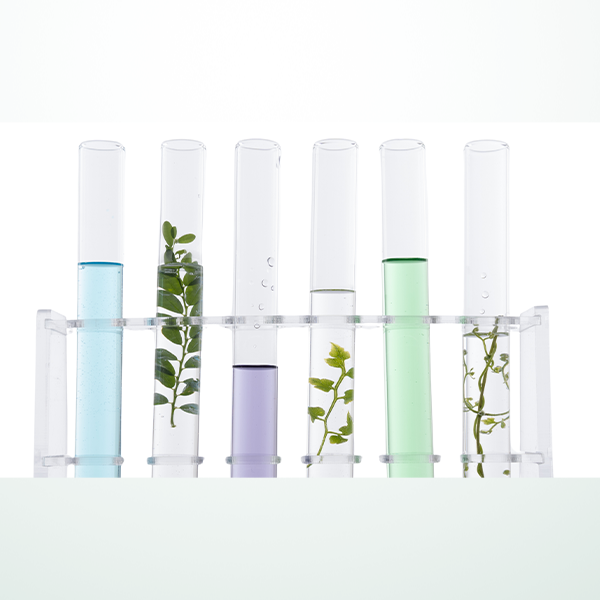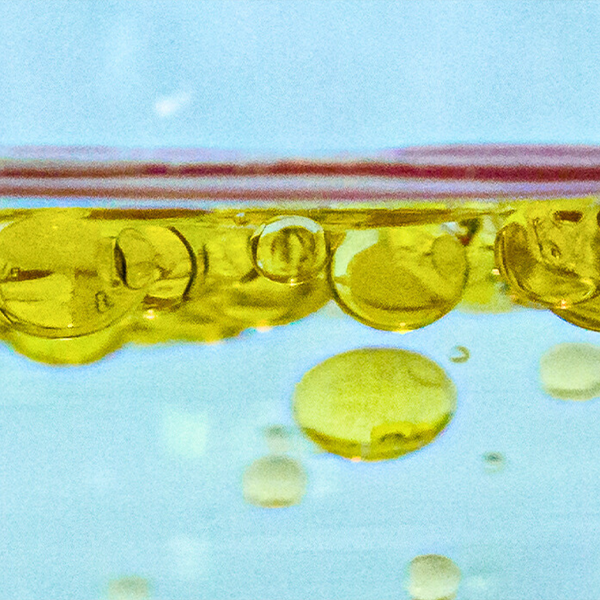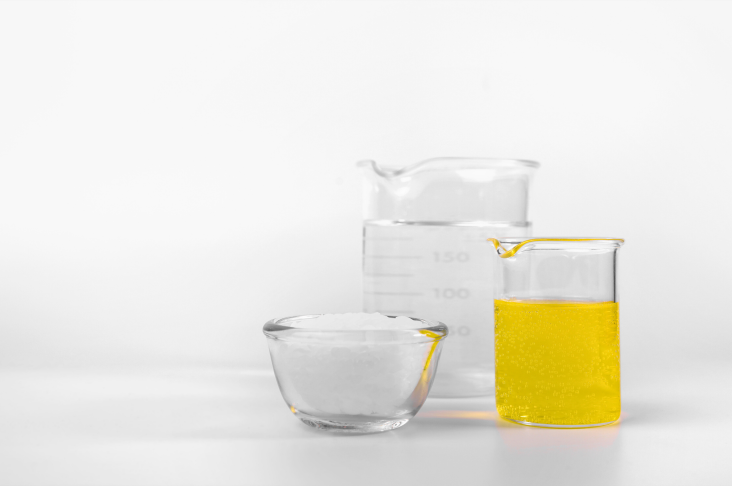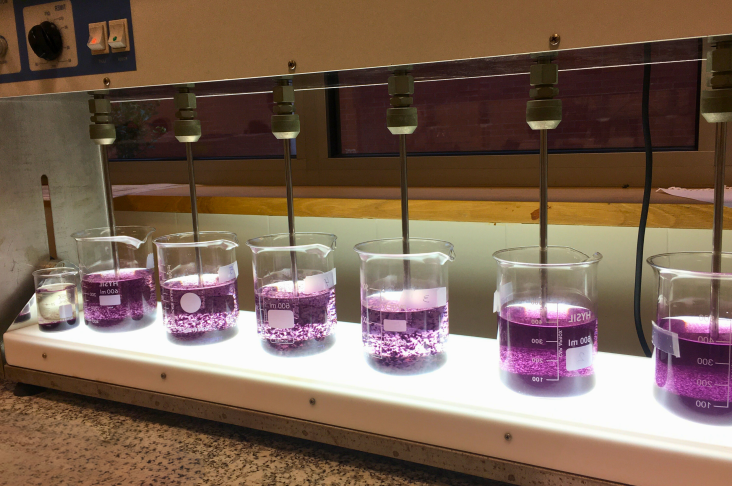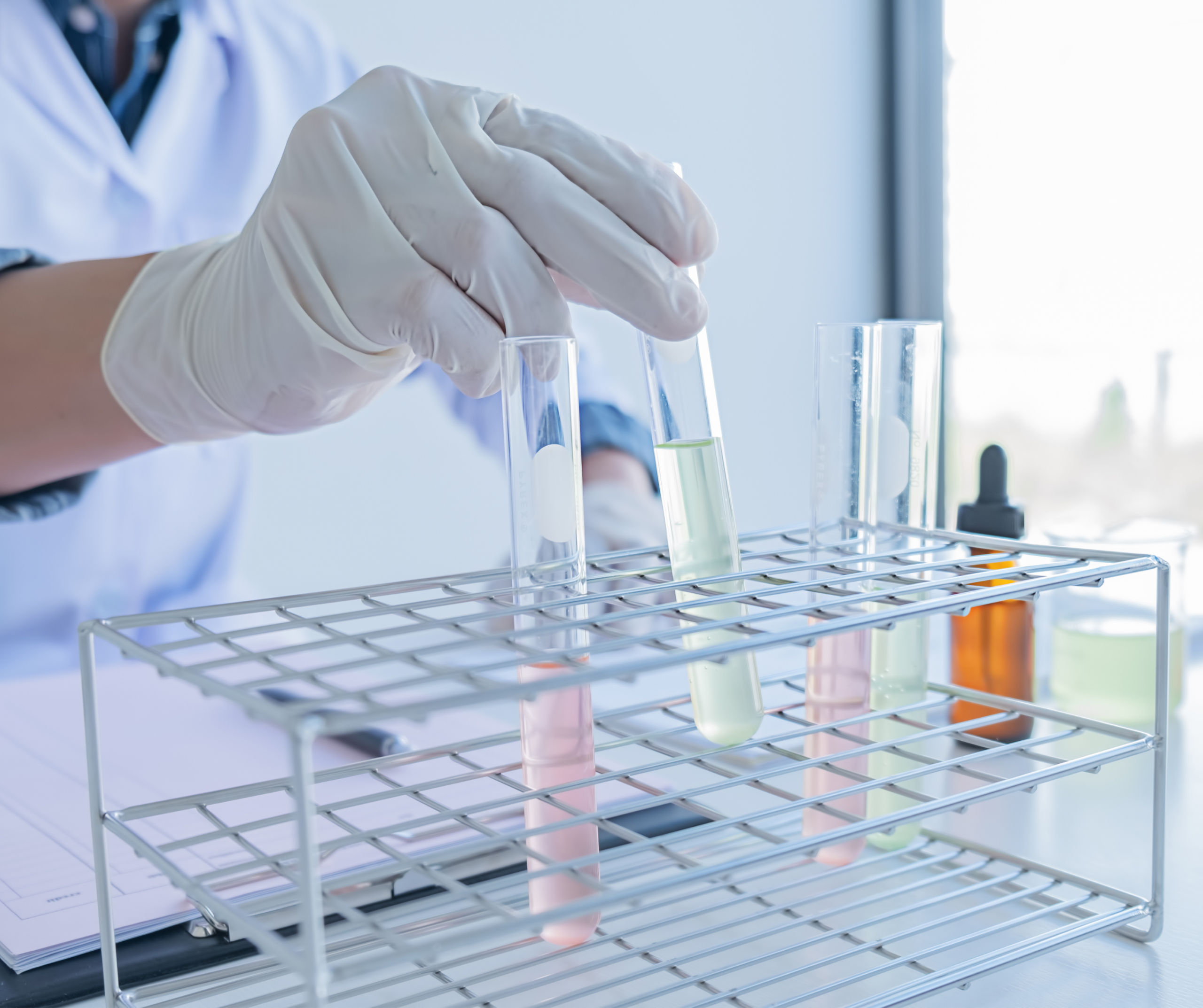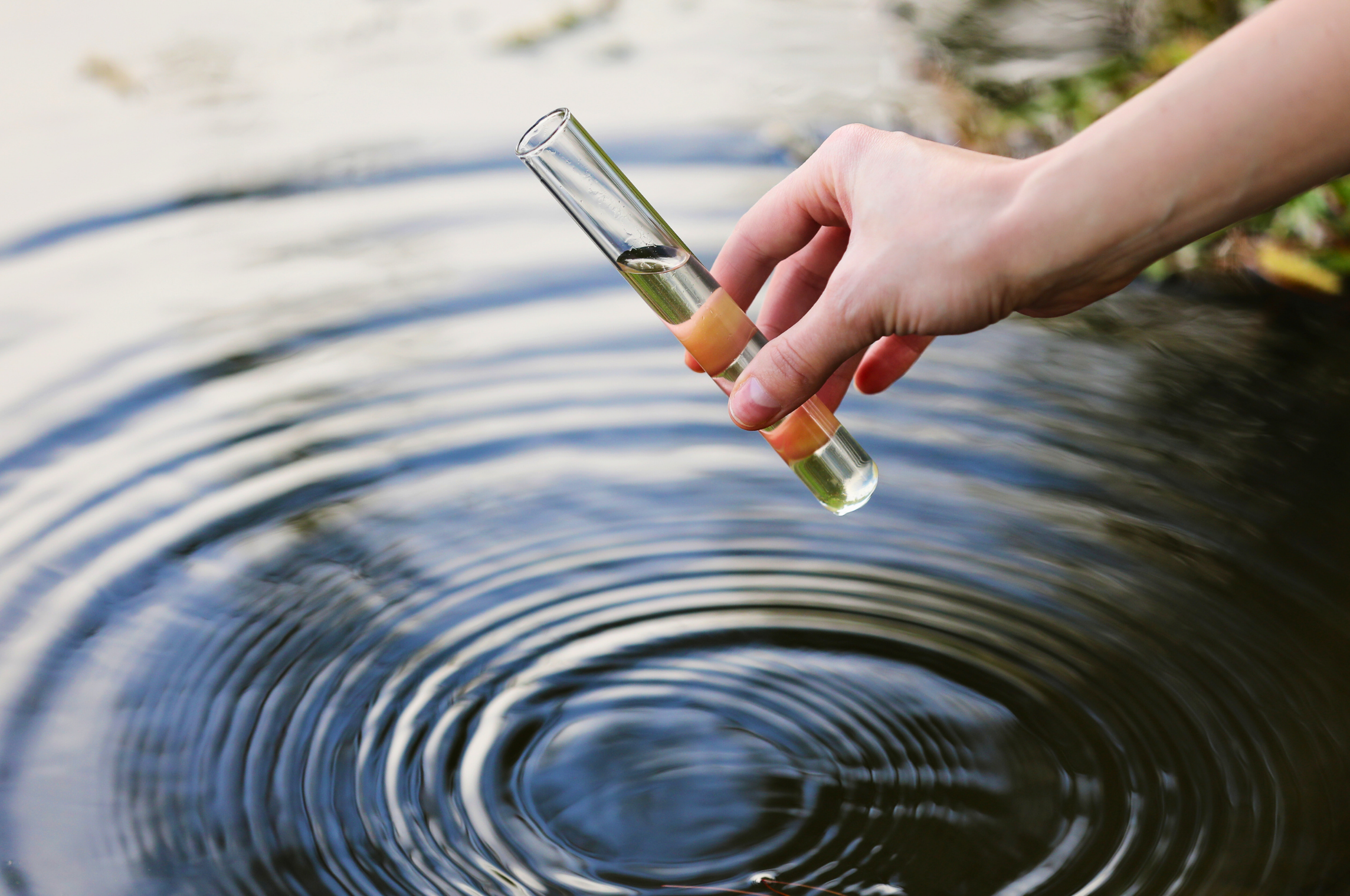Natural Organic Matter (NOM) is present in both surface and groundwater sources. In recent years, it has been observed that the NOM load in raw water sources has significantly increased. The presence of natural organic matter in these sources negatively affects the drinking water treatment process.
In addition to causing undesirable effects such as color, taste, and odor, NOM increases the consumption of coagulants and disinfectants, which in turn leads to higher sludge production and the formation of harmful by-products during disinfection.
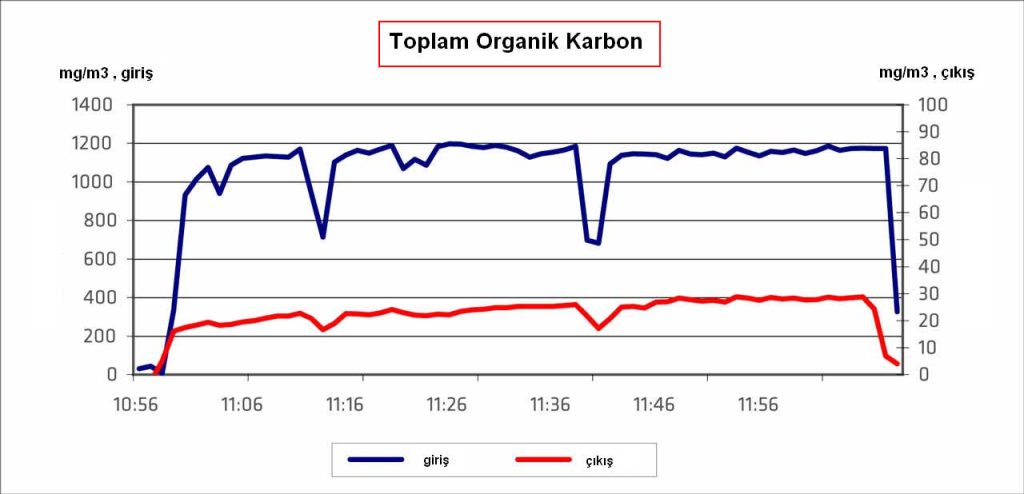
Natural Organic Matter (NOM) can be removed through various treatment methods. Among these, the most basic and cost-effective is the conventional treatment method, which involves coagulation–flocculation followed by sedimentation and sand filtration.
During the removal of NOM through coagulation, high-molecular-weight and hydrophobic NOM compounds are separated from water more effectively than low-molecular-weight and hydrophilic compounds. When this optimization is achieved during coagulation, maximum NOM removal can be obtained.
The removal of NOM by coagulation occurs through mechanisms such as complexation, precipitation, aggregation, and adsorption.



